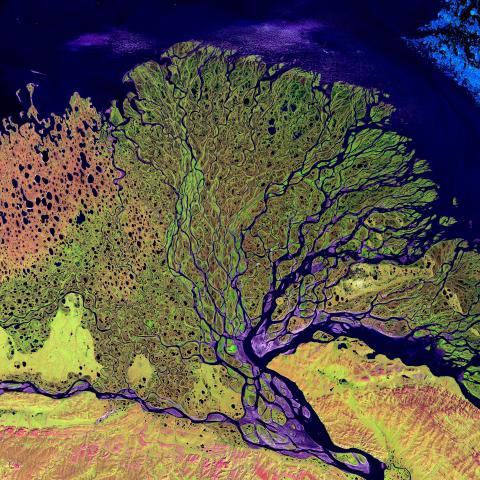

Exploring Earth's elements with accuracy
Location: Buckingham Building
Staff and students use our Advanced Physical and Meteorological Laboratories for teaching, supervised practicals, dissertation work and research activities.
The labs are used by BSc (Hons) Geography and MSc Geographical Information Systems students – all supported by a full-time specialist technician.
Equipment and amenities
Advanced Physical Laboratory
- Specialist analytical equipment which is used in physical geography, geology and biology studies
- Laboratory equipment for analysis and preparation, such as a fume hood, microscopes, furnaces and ovens
- Model simulation facilities including a rainfall simulator, to model rain-splash erosion, and a flume with a 2-metre standard tilting flow channel to model river and other hydrological processes
Meteorology Laboratory
- Two automatic weather stations (Campbell Scientific), in operation on the roof since 1995, providing meteorological data
- Older UK meteorological data stored in hard copy form
- Specialist PCs supporting unique software
Explore our Physical Geography and Meteorology Laboratories
Geography facilities and equipment
Dr Linley Hastewell introduces some of the equipment you'll use in our labs and in the field.
This area of the lab is the more analytical side of the laboratory where students have access to a wide range of different pieces of equipment. What the flume allows us to do is to reproduce those natural conditions and alter them as well.
We can then look at how sediment moves in our manufactured, altered river state compared to that in the field. We also have a range of laser scanners as well. Now, these are used to document changes in the environment. So we've used these on Kilimanjaro, also in Arctic Finland as well, looking at snowmelt. And we can tie that imagery that we get from the laser scanner in with drone footage as well to get a much more complete understanding of how the environment is changing.
We've also got a piece of equipment that the students tend to use when looking at plastic pollution. We have a number of students that go out into the field, take samples, carry out beach surveys. The students are able to analyse those plastic particles and get an idea of not only what the plastic is, but also potentially where it might have come from.
Now, that's really important from a geographical and an environmental context, because it allows the student to not only get an understanding of what the particle is and what the issue is and the extent of that problem. But it also provides opportunities for them to think about the bigger picture and start thinking about how we can address that problem.
And that is a really important quality to take into a competitive workforce.
Related facilities
Institute of Marine Sciences
Explore the marine ecosystems of the Solent European Marine Site at our shoreside marine station, complete with floating research platform, £2 million aquarium and laboratory suite.

GIS and Remote Sensing Facilities
Discover more about the planet's physical structures and scientific processes, such as glaciers and coastal flooding, using drone data, aerial and satellite remote sensing and geographic information systems.

Biophysical laboratories
Use professional-standard equipment to explore how the structures and functions of molecules change under different conditions.

Related courses
Where to find us
Physical Geography and Meteorology Laboratories
Buckingham Building
Lion Terrace
Portsmouth
PO1 3HE


